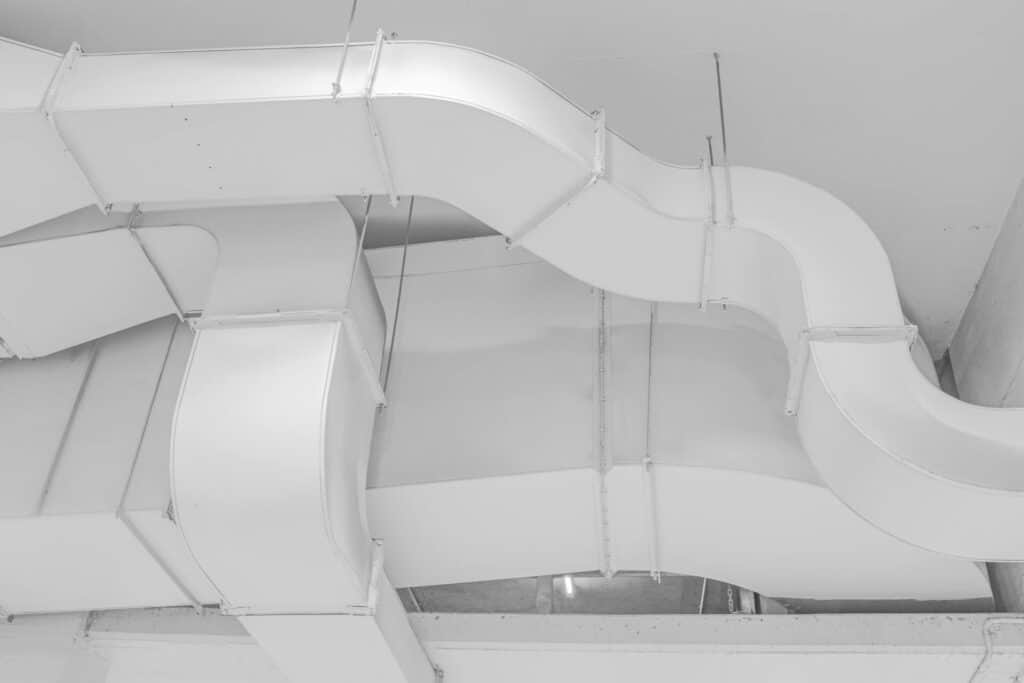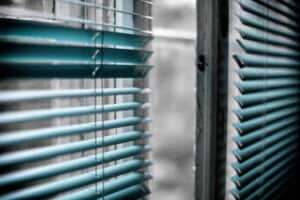In this article we identify the way we can reduce the spread of COVID within the building environment, reducing the transmission of airborne particles.
We are all acutely aware of the impact the COVID pandemic has had on our lives and the lengths we have gone to in reducing the transition between one another. Here we address the consideration factors and measures we can adopt within the building environment to reduce the spread of coronavirus.
The importance of ventilation
It is paramount that once lockdown eases and a sense of normality returns, we are conscientious so that COVID will only stay at below R-value 1.0 if a new normality is adopted. The building environment that we socialise and work in must not be an exception.
There are still so many unknowns relating to COVID. The likes of Sage Environmental and Modelling Advisory Group have been tasked by the government to understand more about the coronavirus so that guidance can be given to combat the spread.
It is unknown as to the amount of COVID there is on someone’s breath. This is why we have adopted behavioural changes such as staying 2m apart, wearing face masks, sanitising before handling items. Within a social or working indoor environment, how viable is it for us to maintain these behaviours?
As a more resilient and sustainable approach, the building environment should be designed to reduce the spread of COVID. Ventilation within the indoor environment is paramount in reducing transmission rates of coronavirus.
Windows to circulate air
Using windows to aerate and circulate the flow of air is an action we can all take now to reduce thermal pooling. This however has drawbacks associated with it as heating will be dissipated to the environment faster resulting in increased CO2 emissions and an unfavourable indoor environment from a temperature perspective.
Internal stagnant risk locations can be more effectively reduced by using mechanically mixed ventilation. Air Tightness Solutions recommend that Sage Environmental and Modelling Advisory Group consider the importance that building airtightness plays in running efficient mechanical ventilation.
Mechanical ventilation
The optimisation of mechanical ventilation reduces significantly when installed within buildings with air permeabilities above 5.00 m3/h/m2 @ 50Pa. When retrofitting existing buildings, it is paramount that the airtightness of the building and the installation of mechanical ventilation is undertaken to reduce the spread of COVID uniformly throughout the entire internal building environment.
Air Tightness Solutions advises everyone moving out of lockdown and returning to a new normality to enter buildings with a greater understanding of what we expect from our social and workplace internal environments.
Foremost, we recommend that we use our nose to assess how stuffy and musty the indoor environment is. This is a fantastic tool to identify stagnant air risk locations and thermal loading. Monitoring the internal environment CO2 levels is strongly advised. Acceptable levels are below 10,000 ppm, and where levels are continuity above 15,000 ppm then actions must be taken.
Do you have any questions or would like to know more? Get in touch with our team of experts.






